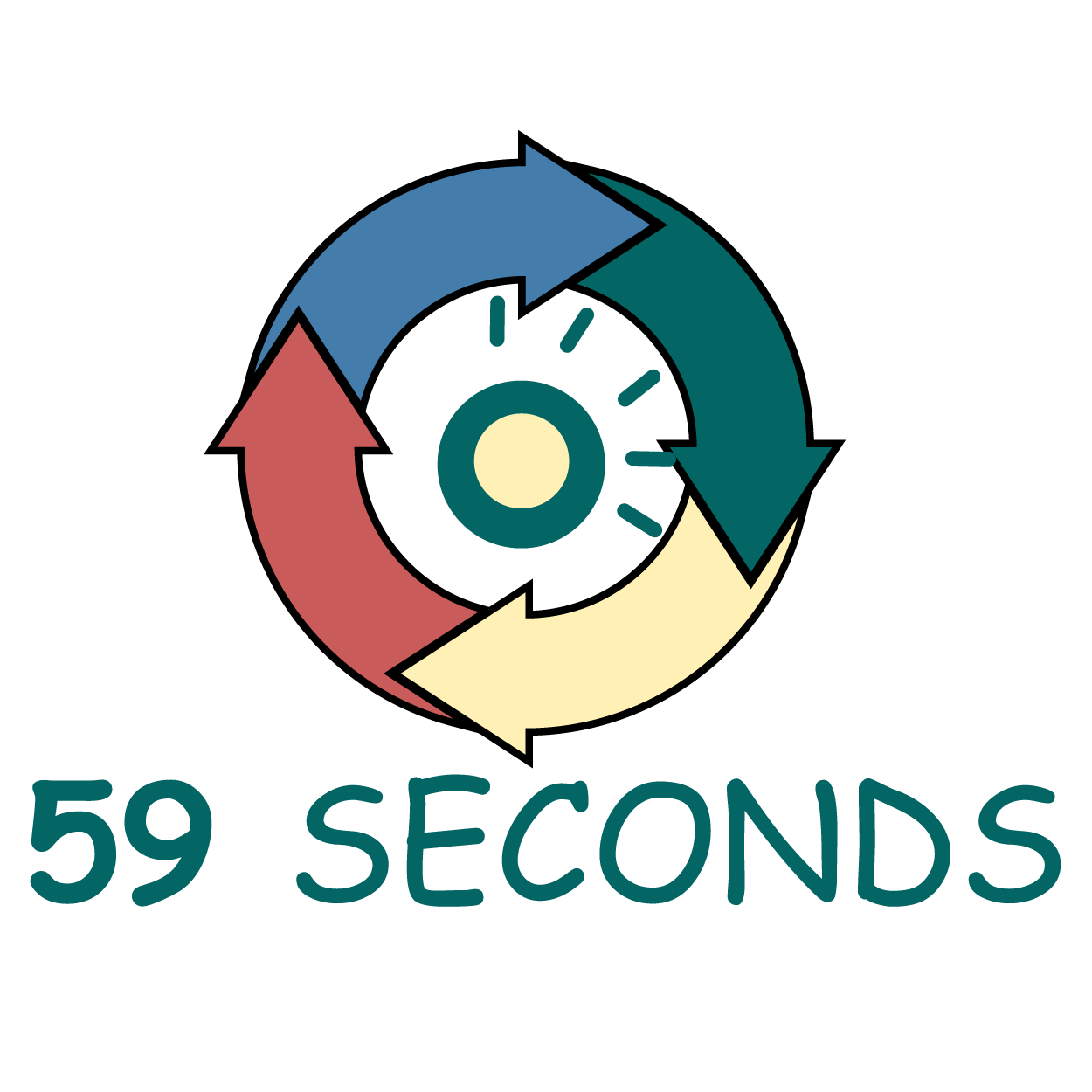Agile and Product Owners
Agile is an iterative process. The backlog is created with direct responsibility given to the product owner. Design and development take place during the execution of sprints. The product owner is directly involved in the design work with the refinement of user stories during sprint planning. While it is still the developer who completes the final technical design, the product owner is collaboratively involved as part of the delivery team to ensure that the design is aligned with the product vision.
Development is also completed during the sprint cycle. The product owner, similar to the business analyst, does not have a hands-on role in the actual creation of the user story. However, the product owner is part of the scrum team and is readily available for review of any user stories for clarification. As features are delivered, the product owner will play a key role in incremental and full functionality testing.
Waterfall Testing and Deployment
The business analyst traditionally participates in the development of test cases with a group of test team members. They are separate from the development team. The business analyst will support the test team in the clarification of any test cases. The business analyst may also support the test team and any users involved in testing. Since all requirements are assumed to have been delivered earlier in the project and no interaction had with the development team, this is the first chance to see the delivery of working code. This is the area where many waterfall projects encounter the greatest difficulties. Requirements that were incorrectly interpreted may have led to the development of complex pieces of code or processes that will have to be re-worked prior to deployment.
The traditional waterfall business analyst generally plays no role in the deployment of new functionality to the end user community. A business analyst may, however, be asked to participate in developing training materials.
Recommended Further Reading
The following materials may assist you in order to get the most out of this course:
Course Contents
Section 1: Agile Project Management
Section 2: Using the Agile Manifesto to Deliver Change
Section 3: The 12 Agile Principles
Section 4: The Agile Fundamentals
Section 5: The Declaration of Interdependence
Section 6: Agile Development Frameworks
Section 7: Introduction to Scrum
Section 8: Scrum Projects
Section 9: Scrum Project Roles
Section 10: Meet the Scrum Team
Section 11: Building the Scrum Team
Section 12: Scrum in Projects, Programs & Portfolios
Section 13: How to Manage an Agile Project
Section 14: Leadership Styles
Section 15: The Agile Project Life-cycle
Section 16: Business Justification with Agile
Section 17: Calculating the Benefits With Agile
Section 18: Quality in Agile
Section 19: Acceptance Criteria and the Prioritised Product Backlog
Section 20: Quality Management in Scrum
Section 21: Change in Scrum
Section 22: Integrating Change in Scrum
Section 23: Managing Change in Scrum
Section 24: Risk in Scrum
Section 25: Risk Assessment Techniques
Section 26: Initiating an Agile Project
Section 27: Forming the Scrum Team
Section 28: Epics and Personas
Section 29: Creating the Prioritised Product Backlog
Section 30: Conduct Release Planning
Section 31: The Project Business Case
Section 32: Planning in Scrum
Section 33: Scrum Boards
Section 34: Sprint Planning
Section 35: User Stories
Section 36: User Stories and Tasks
Section 37: The Sprint Backlog
Section 38: Implementation of Scrum
Section 39: The Daily Scrum
Section 40: The Product Backlog
Section 41: Scrum Charts
Section 42: Review and Retrospective
Section 43: Scrum of Scrums
Section 44: Validating a Sprint
Section 45: Retrospective Sprint
Section 46: Releasing the Product
Section 47: Project Retrospective
Section 48: The Communication Plan
Section 49: Formal Business Sign-off
Section 50: Scaling Scrum
Section 51: Stakeholders
Section 52: Programs and Portfolios
